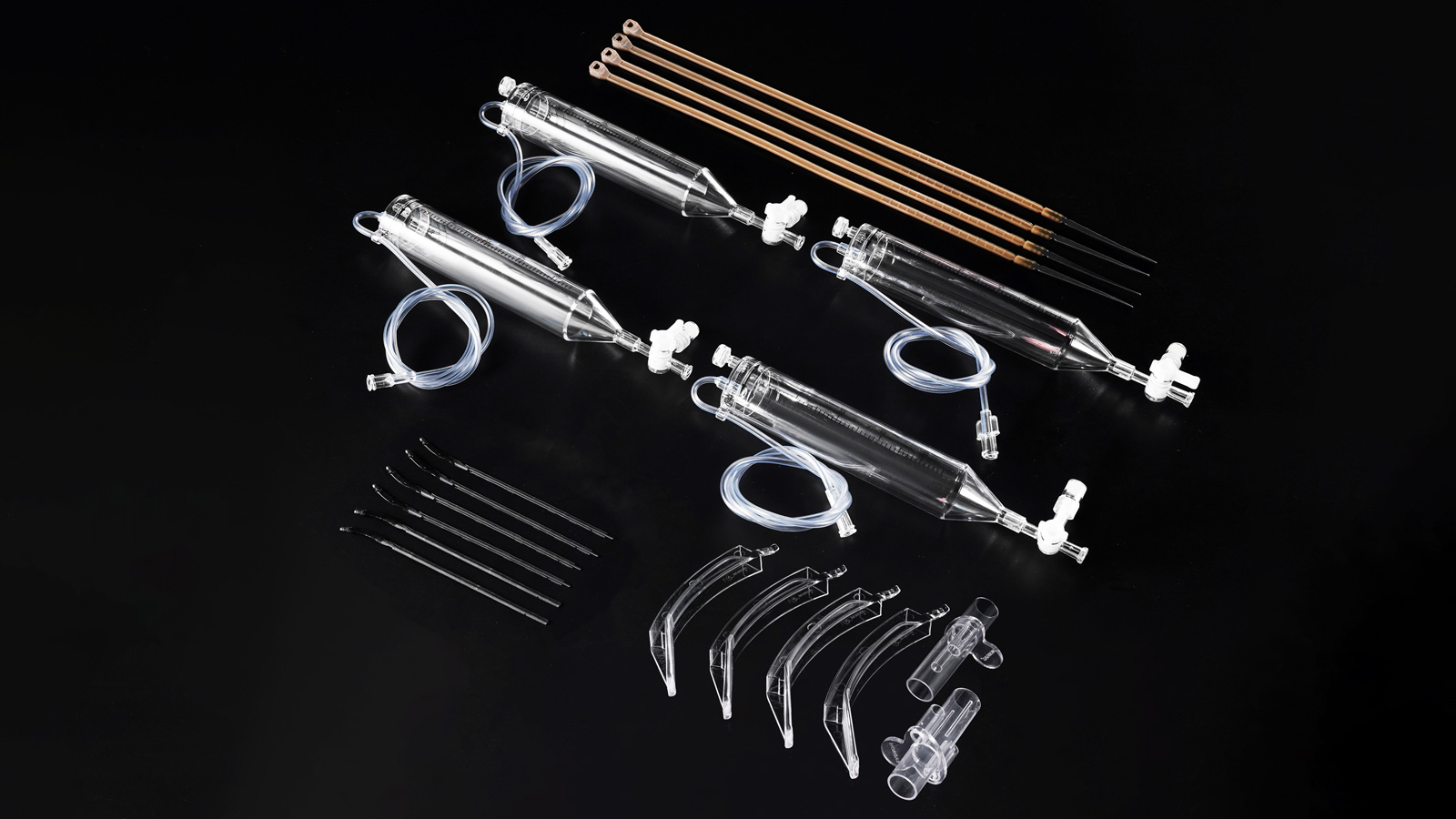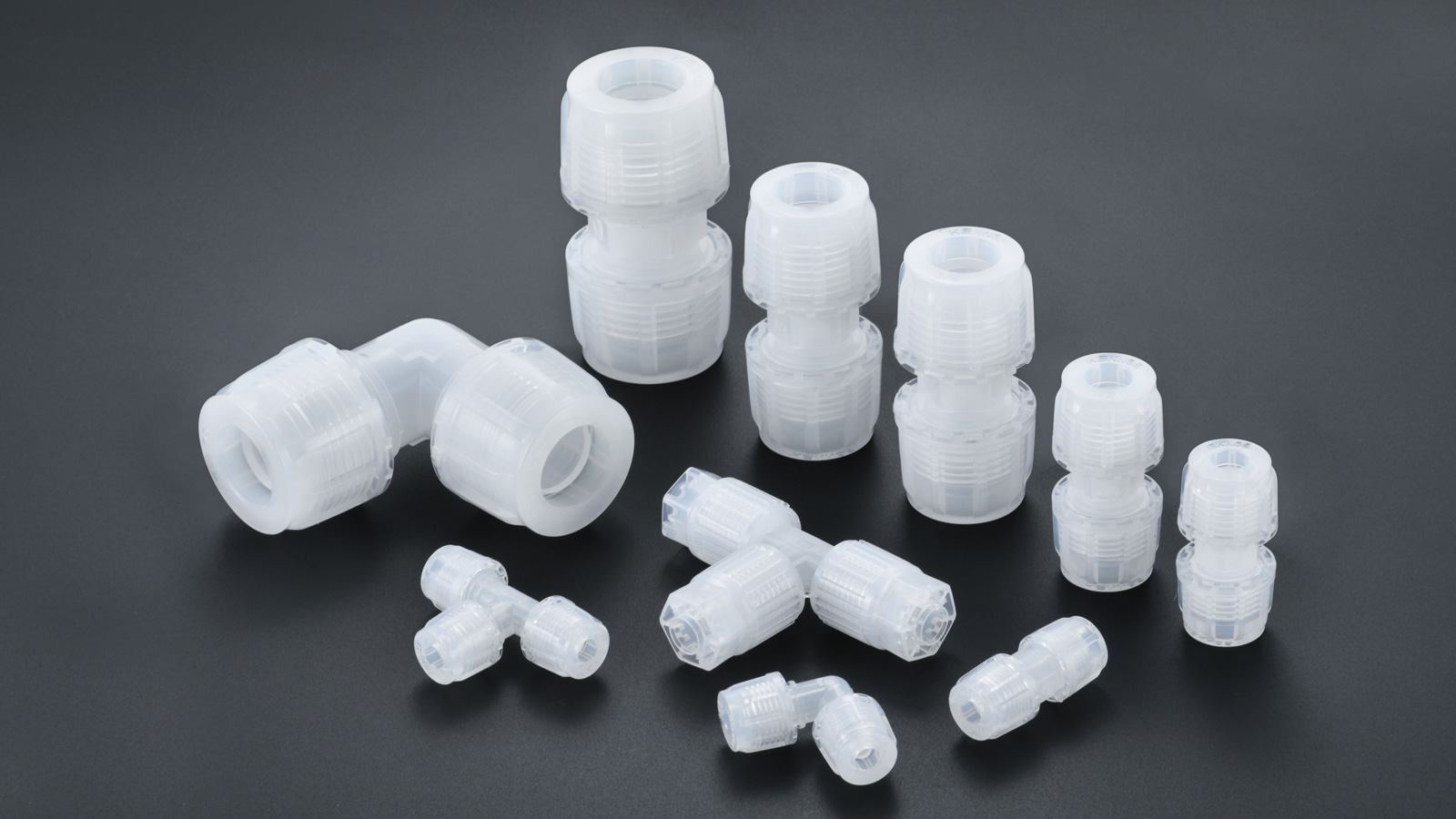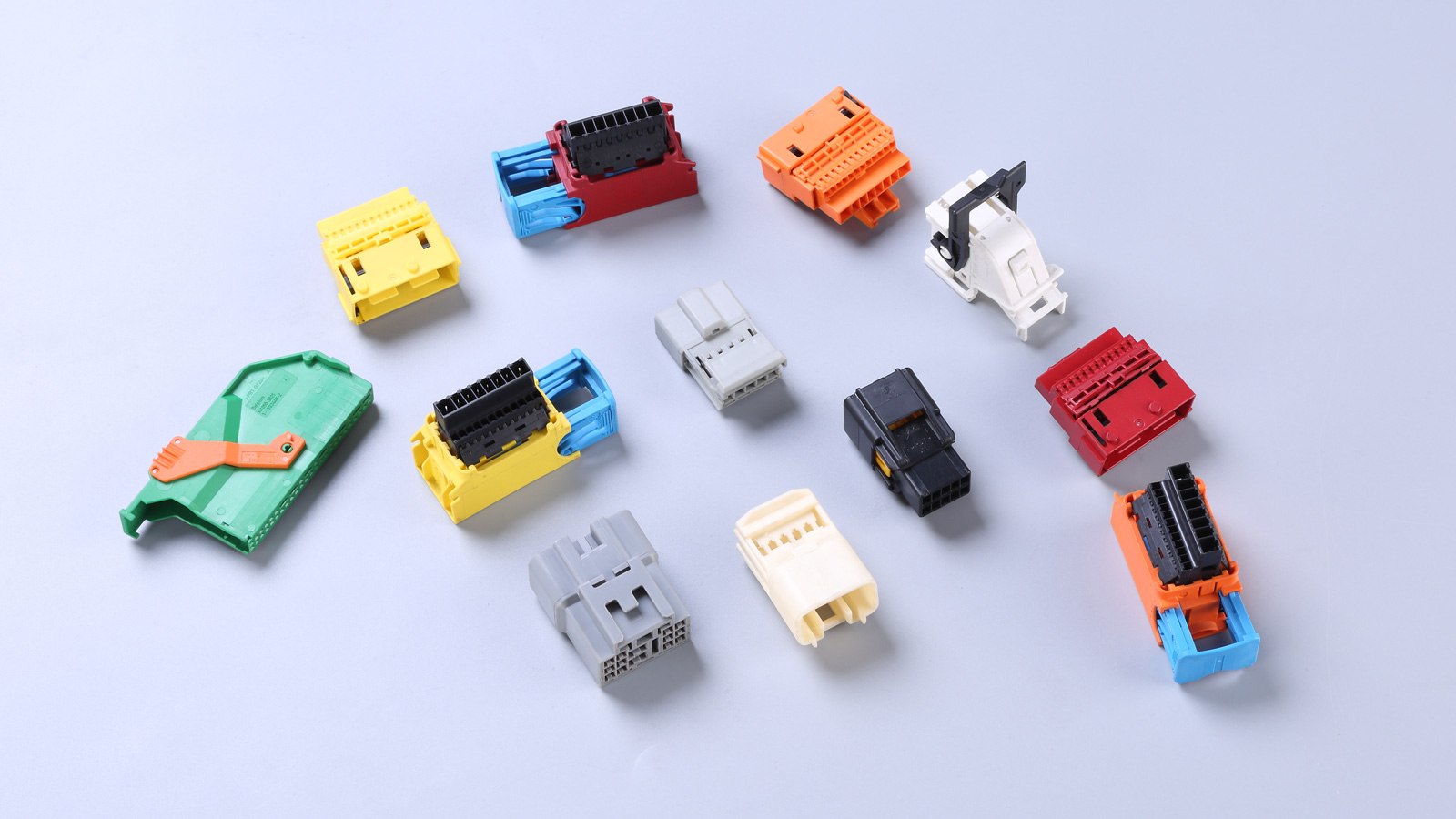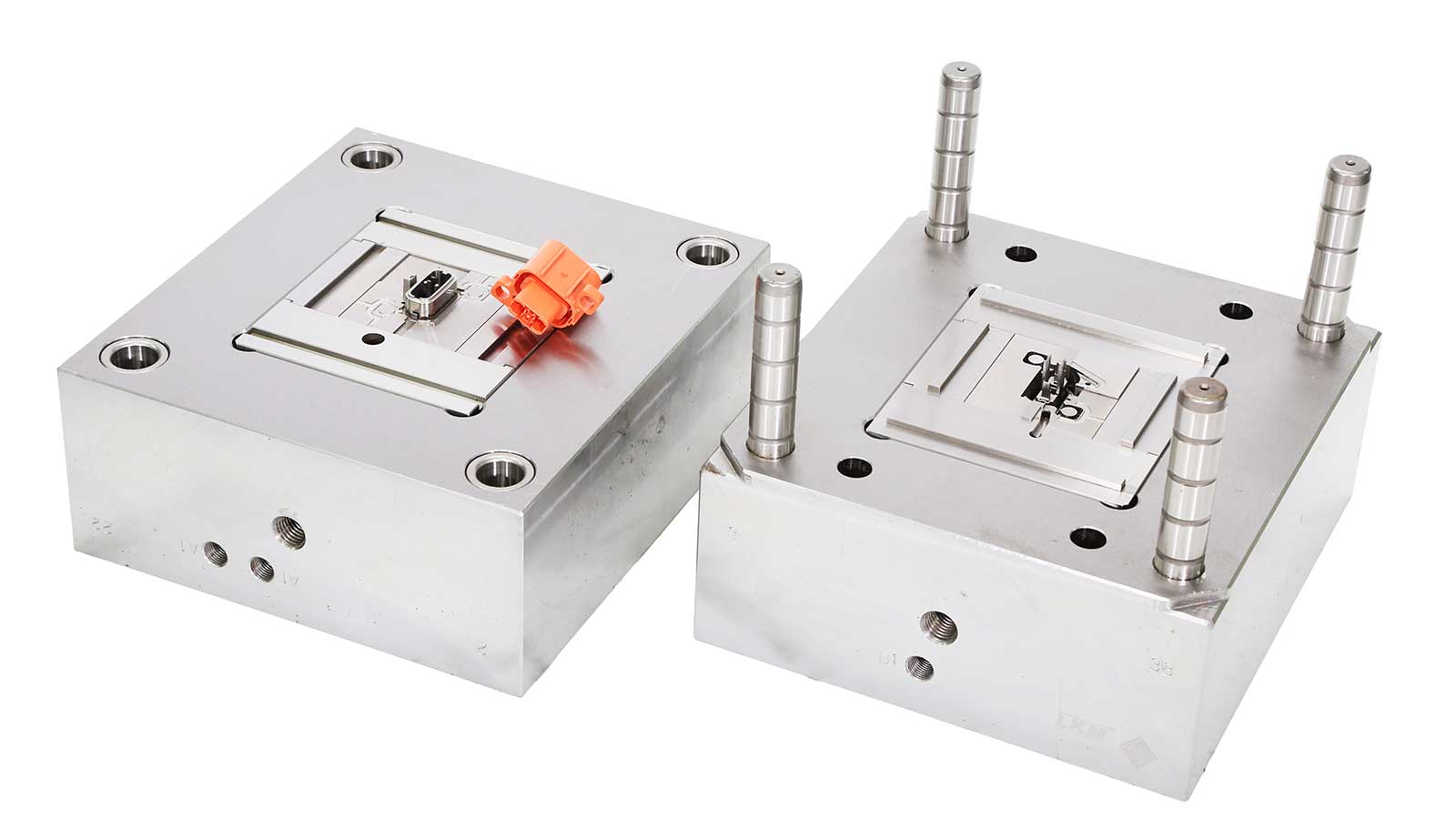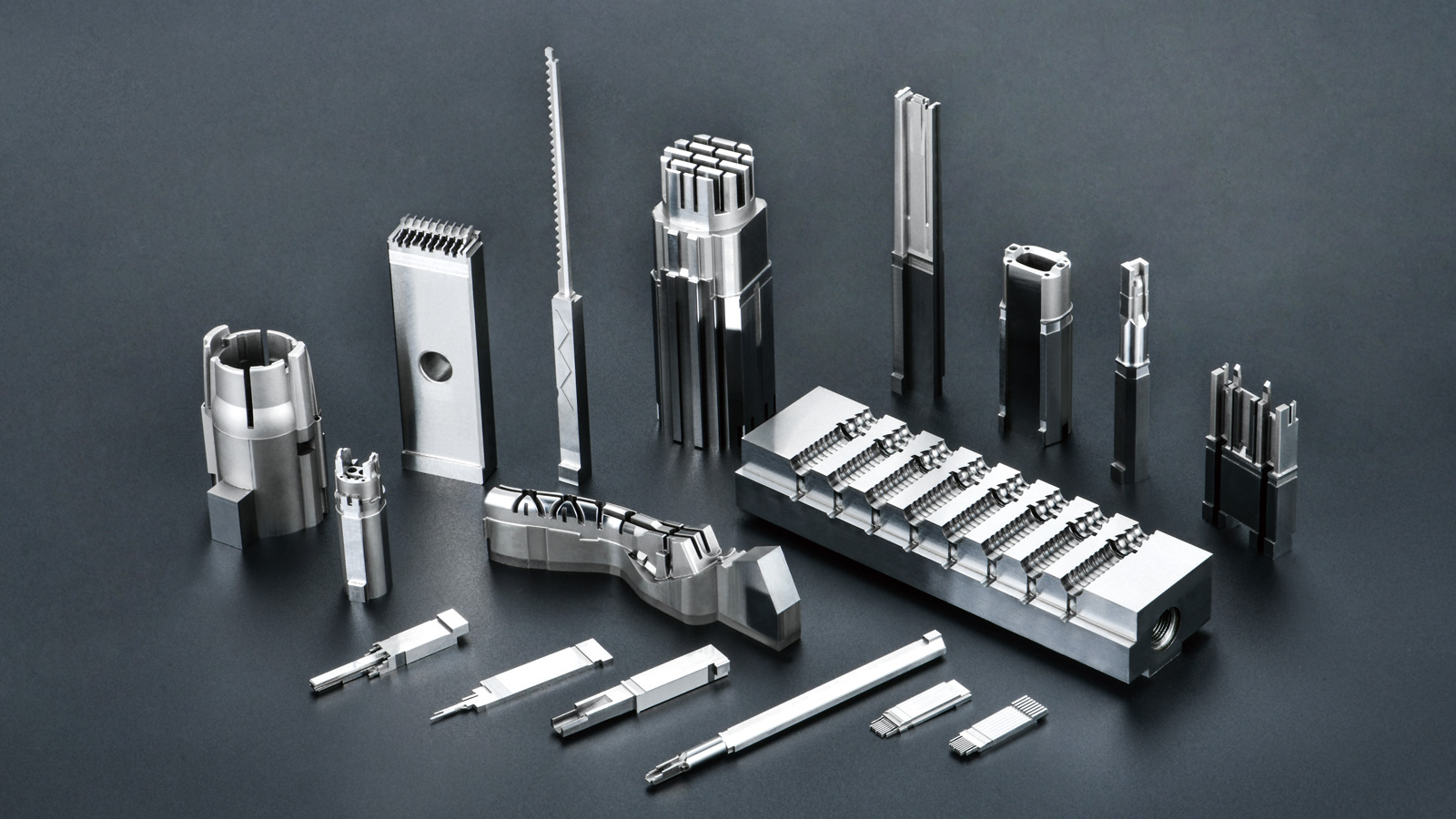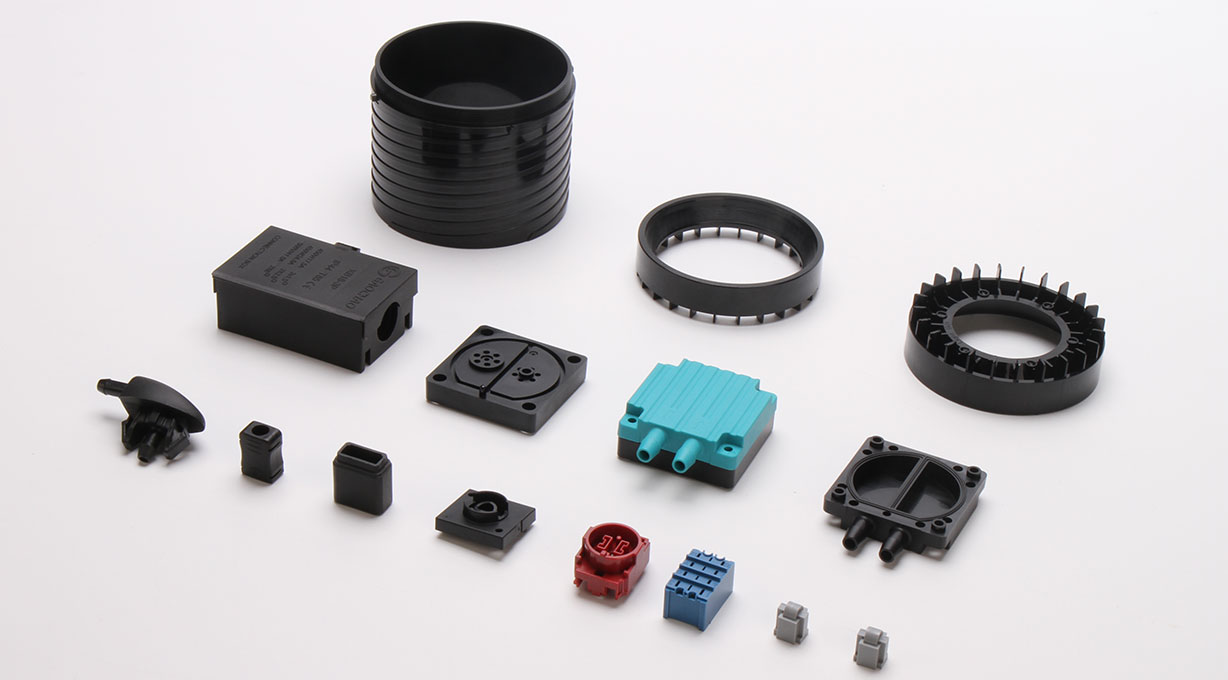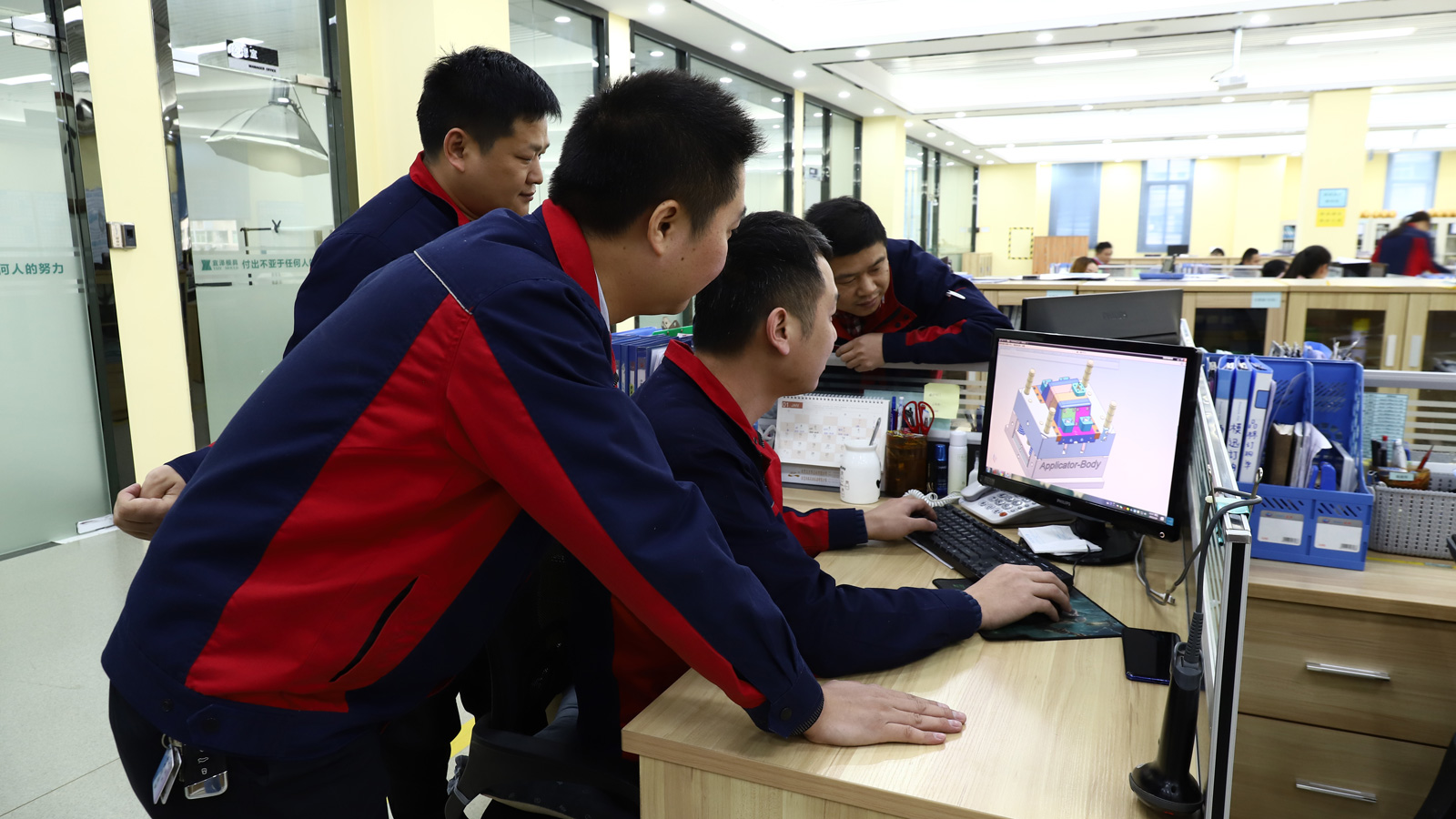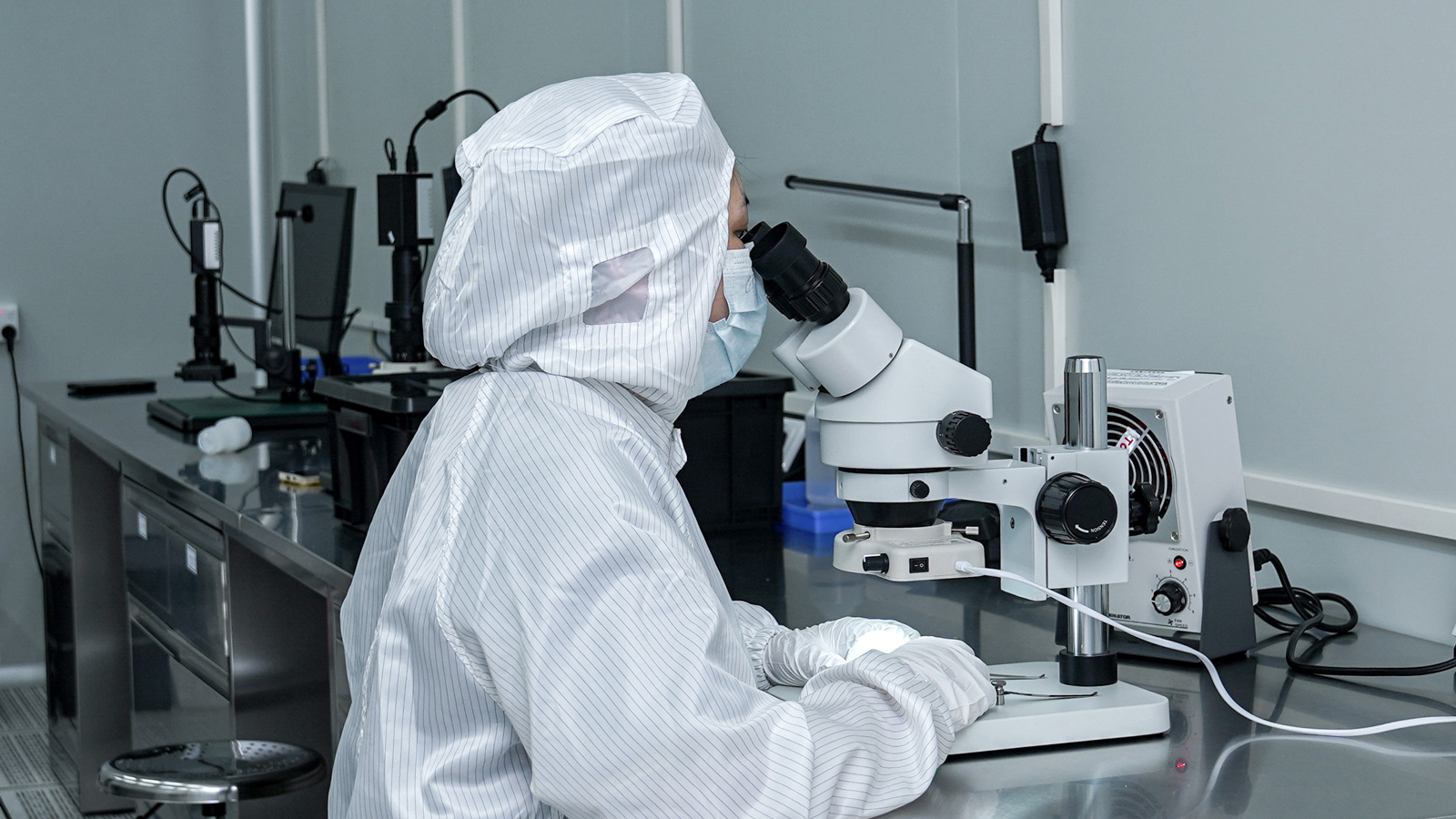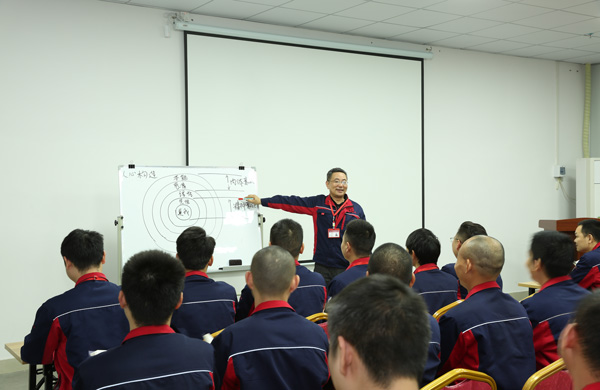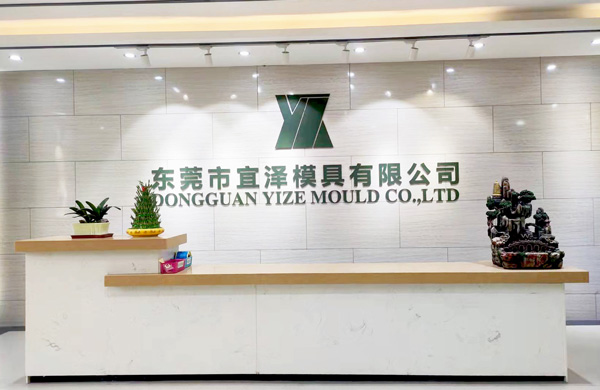In the precise and complex field of injection mold molding, every process parameter is like a gear in a sophisticated instrument, working in harmony and precision to determine the quality and performance of the final product. Back pressure, as one of these crucial parameters, acts as an behind-the-scenes “control master,” playing multiple key roles in the injection process. It profoundly influences the melting, mixing of plastics, and the quality of the finished products. Now, let’s delve into the specific functions of back pressure in injection mold molding.
Ensuring the Basics: Providing Power for Plastic Melting and Mixing
The primary role of back pressure is to ensure that the screw generates sufficient mechanical energy during its rotational reset. In the injection process, the rotational reset of the screw is a critical action, and the application of back pressure is like injecting powerful momentum into this action. It prompts the screw to exert enough pressure on the plastic during rotation, enabling the plastic to fully melt under high temperature and achieve uniform mixing through the screw’s rotation and extrusion. This process is akin to a chef carefully stirring ingredients; only through thorough stirring can various raw materials be evenly blended, laying a solid foundation for subsequent molding operations.
Multiple Functions: Optimizing Plastic Performance and Quality
In addition to ensuring the melting and mixing of plastics, back pressure has several other important functions:
- Exhausting Volatile Gases: Plastic raw materials often contain some volatile gases, such as air. If these gases remain in the injection cylinder, they will form bubbles during the injection process, seriously affecting the appearance and performance of the finished product. The application of back pressure acts like an efficient “exhaust device,” expelling these volatile gases from the injection cylinder to ensure that the plastic melt is free of bubbles, thereby improving the density and quality of the finished product.
- Uniformly Mixing Additives: In injection molding production, various additives are often added to the plastic to impart specific properties, such as color powders, colorants, antistatic agents, and talc powder. Back pressure enables these additives to be thoroughly and evenly mixed with the melt, just like evenly mixing various pigments on a palette to obtain plastic products with uniform color and stable performance.
- Achieving Melt Homogenization: During the flow of plastic through the length of the screw, issues such as uneven temperature and inconsistent density may arise due to the influence of factors like temperature and pressure at different positions. Back pressure acts like an “equalization master,” ensuring that the melt is fully stirred and homogenized as it passes through the screw, guaranteeing that each part of the melt has the same temperature and density, thus providing uniform and stable material for subsequent molding operations.
- Precisely Controlling Finished Product Weight: In injection molding production, precise control of the finished product weight is crucial. Back pressure can provide uniform and stable plasticized material, ensuring that the amount of plastic entering the mold during each injection is more accurate, thereby achieving precise control of the finished product weight. This is particularly important for products with strict weight requirements, such as electronic components and medical devices.
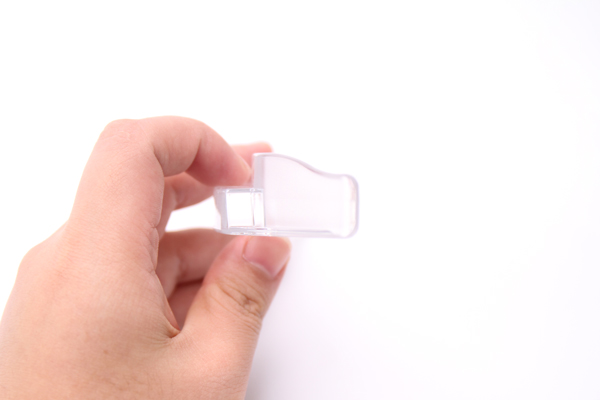
Rational Setting: The Key to Balancing Advantages and Disadvantages
In actual production, the setting of the back pressure value is not the higher the better. The experience of Mingyang Yutong Mold Factory tells us that the selected back pressure value should be as low as possible, as long as it can ensure that the plastic melt has appropriate density and uniformity, and there are no bubbles, volatile gases, or incompletely plasticized plastic in the melt.
The application of back pressure increases the pressure and melt temperature of the injection molding machine, and the extent of the increase is closely related to the set back pressure value. However, excessively high back pressure can have a series of adverse effects. On the one hand, it can cause the melt temperature in the injection cylinder to be too high, which may damage the molecular structure of some heat-sensitive plastics and affect the performance and quality of the products. On the other hand, excessively high back pressure can also cause excessive and irregular overtravel of the screw, resulting in unstable shot volume. The viscoelastic properties of the plastic influence the amount of overtravel. Different plastics exhibit different behaviors. For example, thermoplastic plastics such as LDPE, HDPE, PP, EVA, PP/EPDM composites, and PPVC are more prone to sudden backward jumping when the screw stops rotating due to the large amount of energy stored in the melt, while plastics like GPPS, HIPS, POM, PC, PPO-M, and PMMA are relatively more stable.
Precise Control: Achieving Optimal Production Conditions
To obtain optimal production conditions and ensure the smooth progress of the injection mold molding process and the stable and reliable quality of the products, correct back pressure setting is of utmost importance. Operators need to comprehensively consider factors such as the type of plastic, product requirements, and the performance of the injection molding machine, and carefully adjust the back pressure value. Only in this way can the positive effects of back pressure be fully utilized, its adverse effects be avoided, and high-quality injection-molded products be produced.
Back pressure plays a pivotal role in injection mold molding. It not only affects the melting and mixing process of plastics but also has a profound impact on the performance and quality of the finished products. Therefore, in injection molding production, we must fully recognize the importance of back pressure, rationally set the back pressure value, and precisely control every production link to achieve efficient and high-quality production goals.
